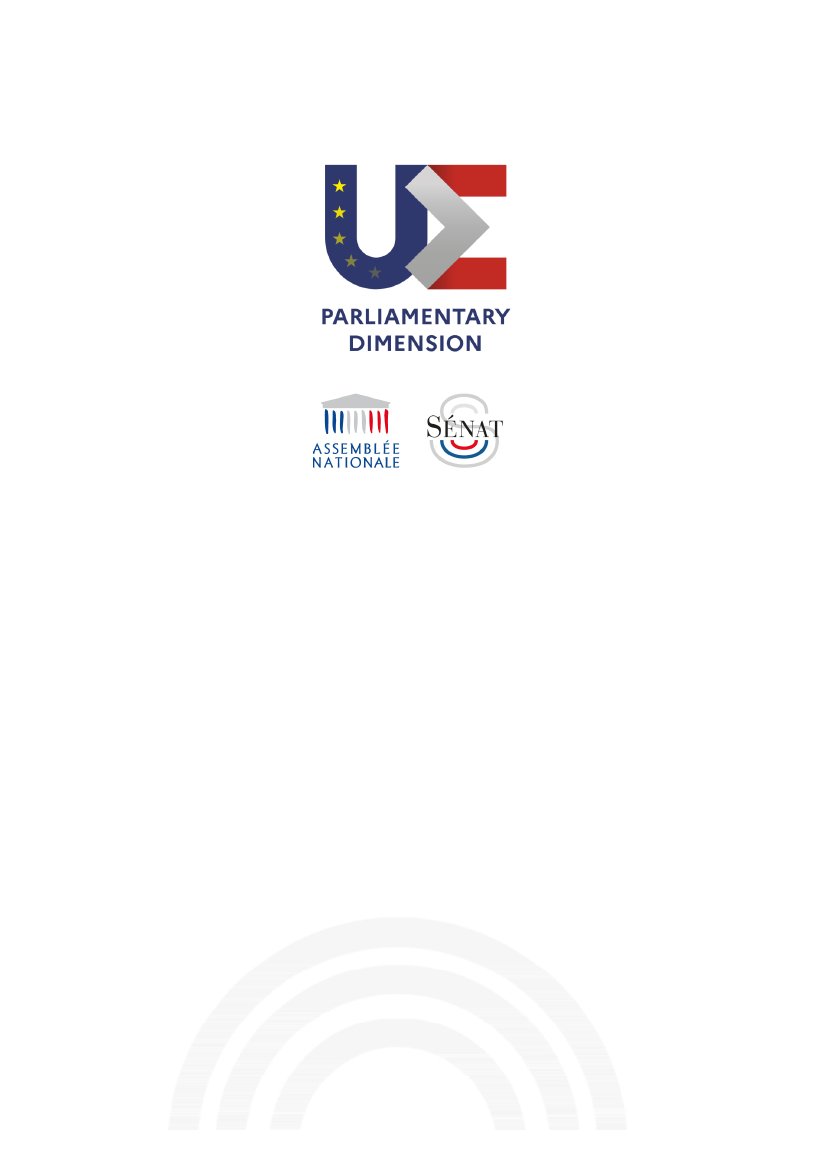
Background note
Session 2
Strategic autonomy in the energy field: the example of rare
metals.
With a keynote speech of Mr Guillaume Pitron, journaliste, auteur de
The Rare Metals War: the dark side of clean energy and digital
technologies
Interparliamentary Conference on the strategic economic autonomy of
the European Union
Paris, 14th March 2022